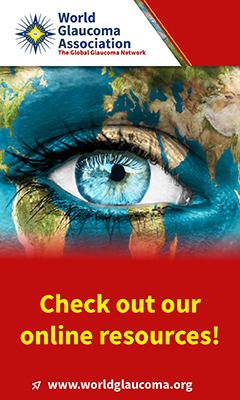advertisement

Abstract #120563 Published in IGR 25-1
Neovascular Glaucoma: A Rare Presenting Feature of Vogt-Koyanagi-Harada Syndrome
Hingorani-Bang P; Hingorani-Bang P; Kandi M; Kandi M; Iyer VA; Iyer VA; Pawar S; Pattebahadur RCureus 2024; 16: e63753
Vogt-Koyanagi-Harada syndrome (VKH) is an uncommon multi-system autoimmune inflammatory disorder characterized by bilateral granulomatous panuveitis with serous retinal detachment accompanied by neurological, auditory, and cutaneous manifestations like headache, hearing loss, vitiligo, and poliosis. It has a female preponderance, usually in middle age. We report the case of a 20-year-old male who presented to us with rapidly progressive visual loss accompanying granular panuveitis, complicated cataract, and a mixed mechanism neovascular glaucoma with acute angle closure. He was treated for IOP control and underwent aggressive immunosuppression and, later, bilateral laser iridotomies. It wasn't until one month after the initial presentation that he presented with vitiligo and poliosis of the eyebrows and eyelashes, clinching the diagnosis of VKH syndrome. This case highlights the diagnostic challenge faced due to acute neovascular glaucoma being the initial presenting feature of VKH; hitherto not documented before, although acute angle closure glaucoma or crisis has occasionally been reported at presentation; the classical VKH presentation being an acute posterior segment uveitis or less commonly, a chronic, recurrent panuveitis presenting with/ without complications. This case underlines the importance of considering VKH syndrome in a patient with bilateral granulomatous panuveitis, as dermatological involvement can emerge later in the disease course, by which time vision might have already been compromised significantly.
Ophthalmology, All India Institute of Medical Sciences, Nagpur, IND.
Full article